Product Name: Aluminum Forging
Product Type: Metal Forging
Material: Aluminum
Shape: Customized
Surface Treatment: Anodizing, Powder Coating, Spray Painting, Polishing
Production Process: Die Casting, Press Forging
Advantages:
1. High strength-to-weight ratio
2. Superior mechanical properties
3. Enhanced resistance to fatigue and wear
4. Tight dimensional tolerances
5. Cost-effective production
| Color | Silver |
|---|---|
| Material | Aluminum |
| MOQ | 1 Pcs |
| Sample | Available |
| Place of Origin | China |
Product Details
MINGYU Tech is a leading forged aluminum rail manufacturer specializing in producing high quality forged aluminum rail for various industries. With over 20 years of experience, our company has built a reputation for precision, durability and reliability. Our state-of-the-art facilities and advanced forging techniques ensure our products meet or exceed the most stringent quality standards. We offer a wide range of forged aluminum rail options, including custom design and engineering services to meet our customers’ specific needs.
The process of forged aluminum rail begins with the heating of a solid aluminum billet, or bar, to a specified temperature. This temperature is typically between 700°C to 800°C, depending on the alloy being used. The heated billet is then placed in a forging press, which applies pressure to the material to deform it into the desired shape.
One of the key advantages of forged aluminum rail is the ability to create complex shapes with high precision and tight tolerances. This is achieved by using custom-designed dies, which are machined according to the specifications of the final product. The combination of heat and pressure applied during the forging process results in a strong, solid structure with minimal defects.
forged aluminum rails can be produced in a variety of shapes and sizes, ranging from small components to large and complex parts. Some common products made through forged aluminum rail include wheels, gears, connecting rods, and structural components for aircraft.In addition to its strength and versatility, forged aluminum rails also offer a number of other advantages. The material has a high strength-to-weight ratio and is lightweight, making it ideal for use in weight-sensitive applications. It is also highly resistant to corrosion, making it suitable for use in harsh environments.
| Place of Origin | China |
| Material | Metal Aluminium Steel Copper Brass |
| Process | Forging+machining+HT+finish Machining |
| Surface treatment | Polishing |
| Application | Machinery Parts |
| Product name | forged aluminum rail |
| Certificate | TS16949/ISO9001 |
| Color | Customized Color |
| Quality Control | 100% Inspection |
| Lead Time | 12-38 Days |
| MOQ | 1 Piece |
| Supply Ability | 188150 Piece/Pieces per Month |
| Quantity (pieces) | > 526 |
| Lead time (days) | To be negotiated |
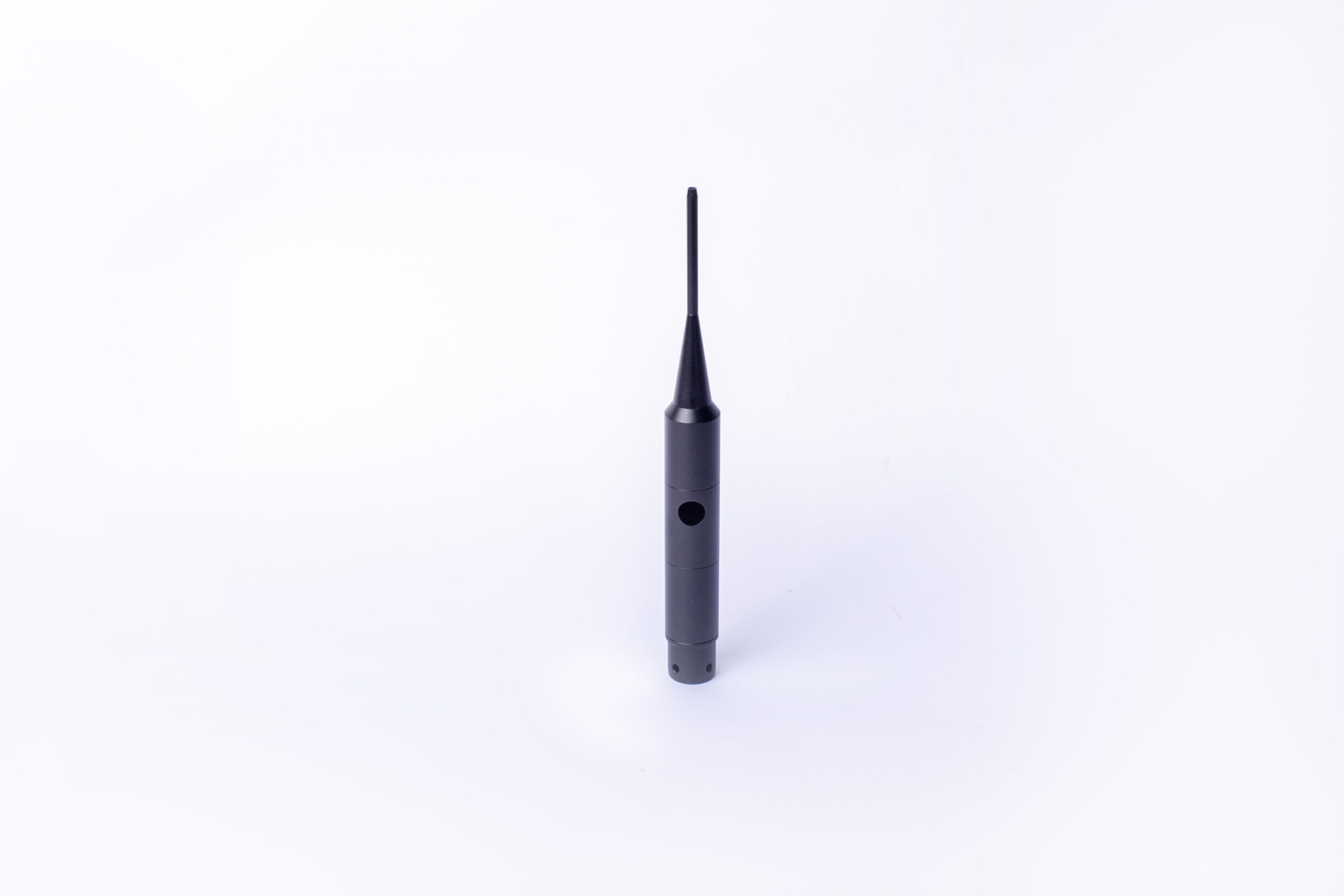
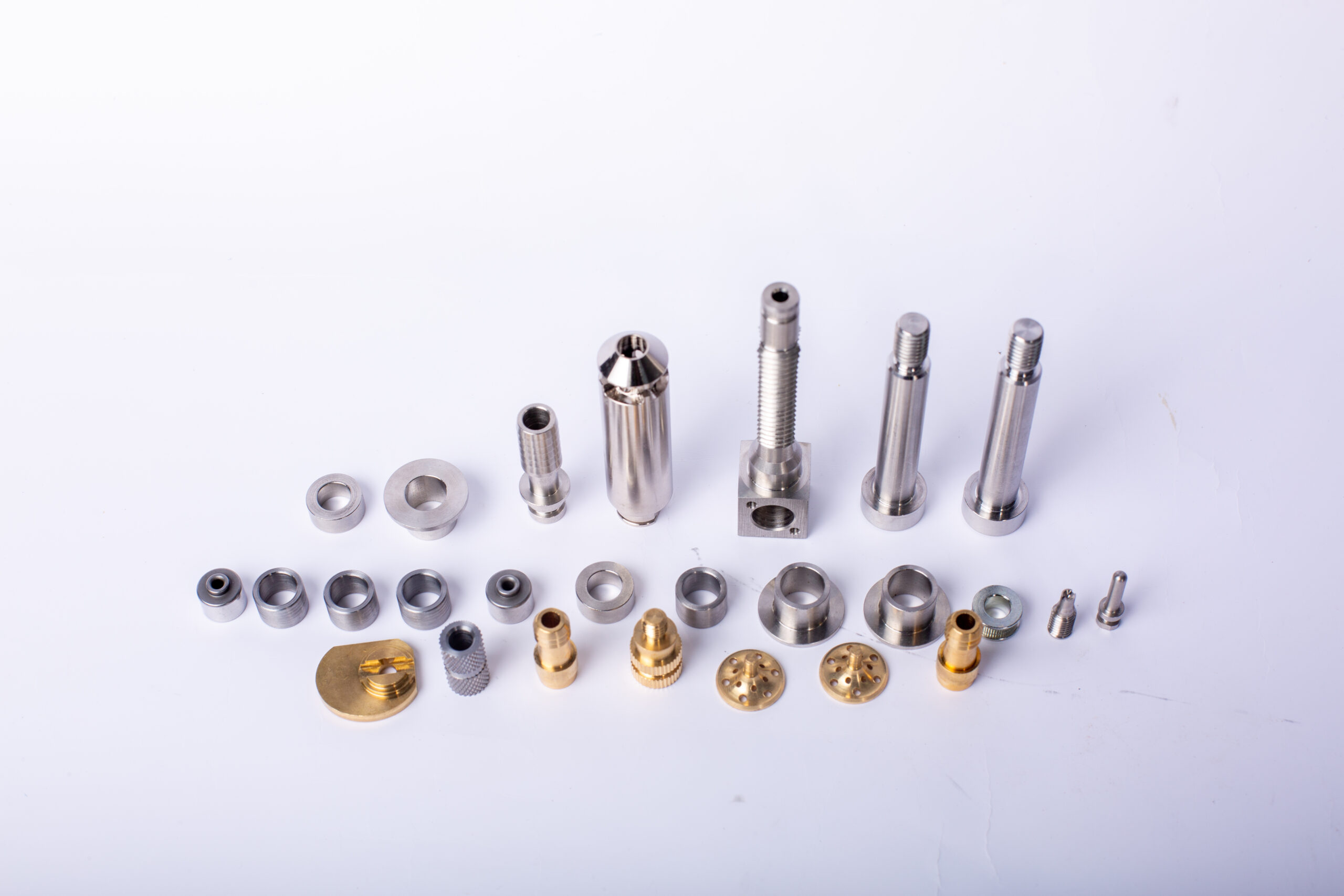
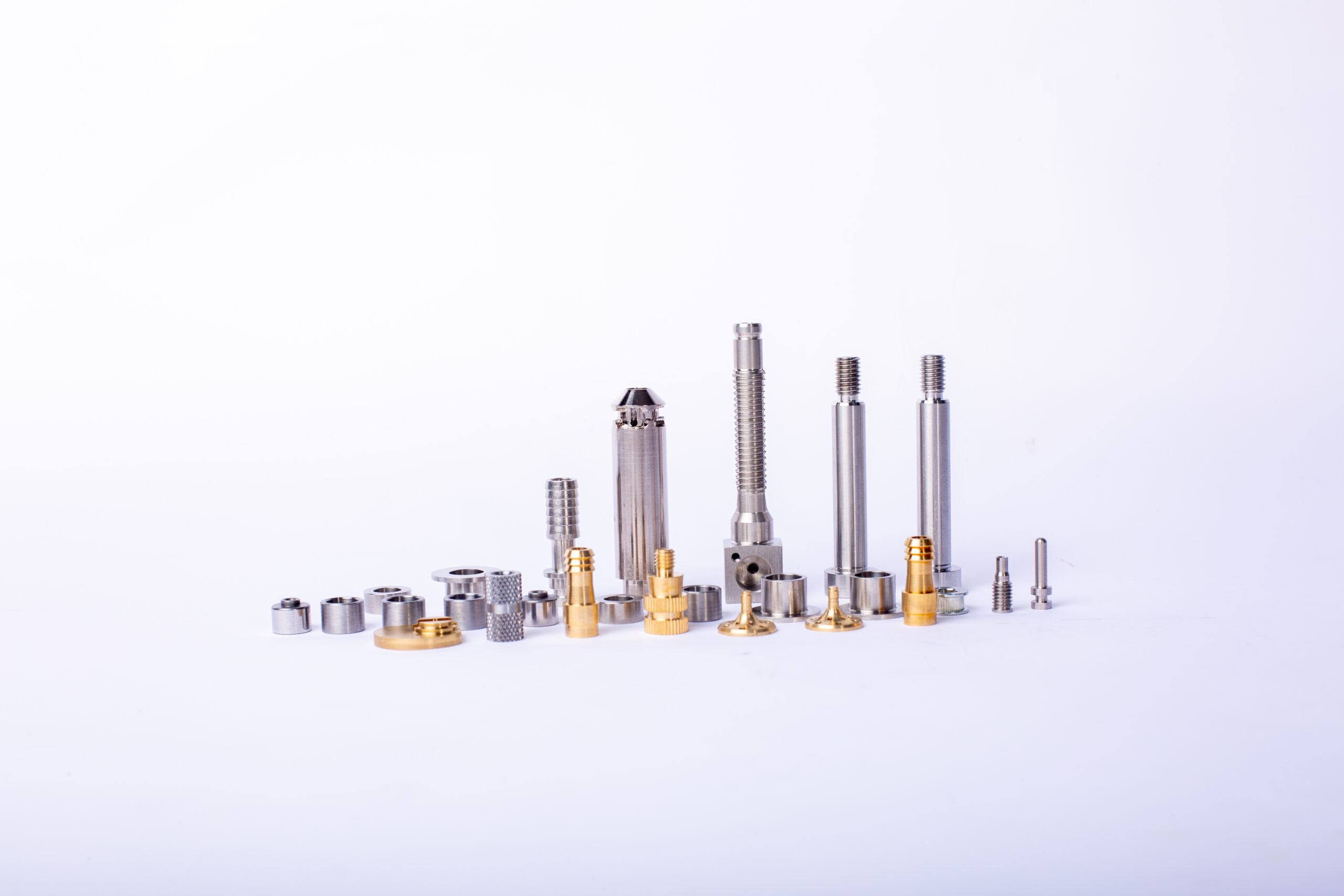
forged aluminum rail FAQs Guide.
Our company is dedicated to providing high-quality forged aluminum rail products to meet the needs of various industries. With advanced technology and skilled craftsmanship, we have become a leading manufacturer in the field of forged aluminum rail. Our products are widely used in aerospace, automotive, and construction industries, just to name a few. We take great pride in our products as they are not only durable and reliable, but also lightweight and eco-friendly. Through this introduction, we hope to showcase the versatility and excellence of our forged aluminum rail products. Thank you for choosing us as your trusted provider of top-notch forged aluminum rail products.
1.How does the cost of tooling for forged aluminum rail compare to other metal forging processes?
We operate our forged aluminum rail business with integrity and honesty.
The cost of tooling for aluminum forging is typically lower than other metal forging processes due to the lower melting point of aluminum. This allows for shorter cycle times and less wear on the tooling, resulting in lower costs. Additionally, aluminum is a softer metal than other metals, which makes it easier to shape and form. This also helps to reduce the cost of tooling.
2.About the scale of forged aluminum rail factory
The size of an aluminum forging factory depends on the type of products it produces and the size of the orders it receives. Some aluminum forging factories may be small, producing only a few parts at a time, while others may be large, producing thousands of parts per day. The size of the factory also depends on the type of equipment used, the number of employees, and the amount of space available.
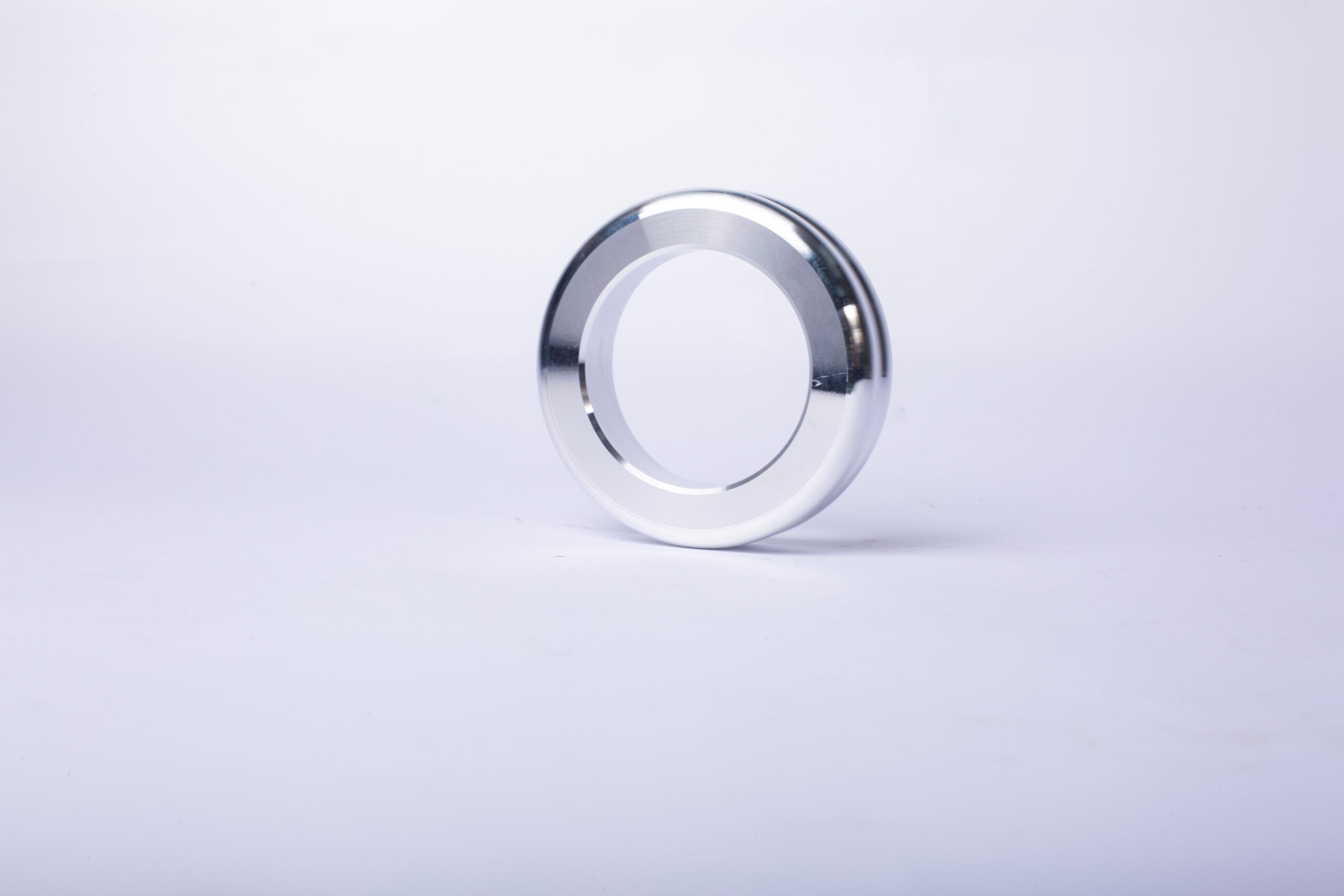
3.What is the role of lubrication in forged aluminum rail?
We adhere to the principle of quality first and have a complete production quality management system and quality inspection process.
Lubrication plays an important role in aluminum forging. It helps reduce friction between the metal and the die, which can reduce wear and tear on the die and help to improve the quality of the finished product. It also helps to reduce the amount of heat generated during the forging process, which can help to prevent the aluminum from becoming too hot and causing damage to the die. Finally, lubrication can help to reduce the amount of force required to form the aluminum, which can help to reduce the amount of energy used in the process.
4.How durable are forged aluminum rails compared to other metal parts?
We have established long-term and stable partnerships with our suppliers, so we have great advantages in price and cost and quality assurance.
Aluminum forgings are generally more durable than other metal parts due to their increased strength and resistance to corrosion. Aluminum forgings are also lighter in weight than other metals, making them ideal for applications where weight is a factor. Additionally, aluminum forgings are more resistant to fatigue and wear than other metals, making them a great choice for parts that need to withstand high levels of stress and strain.
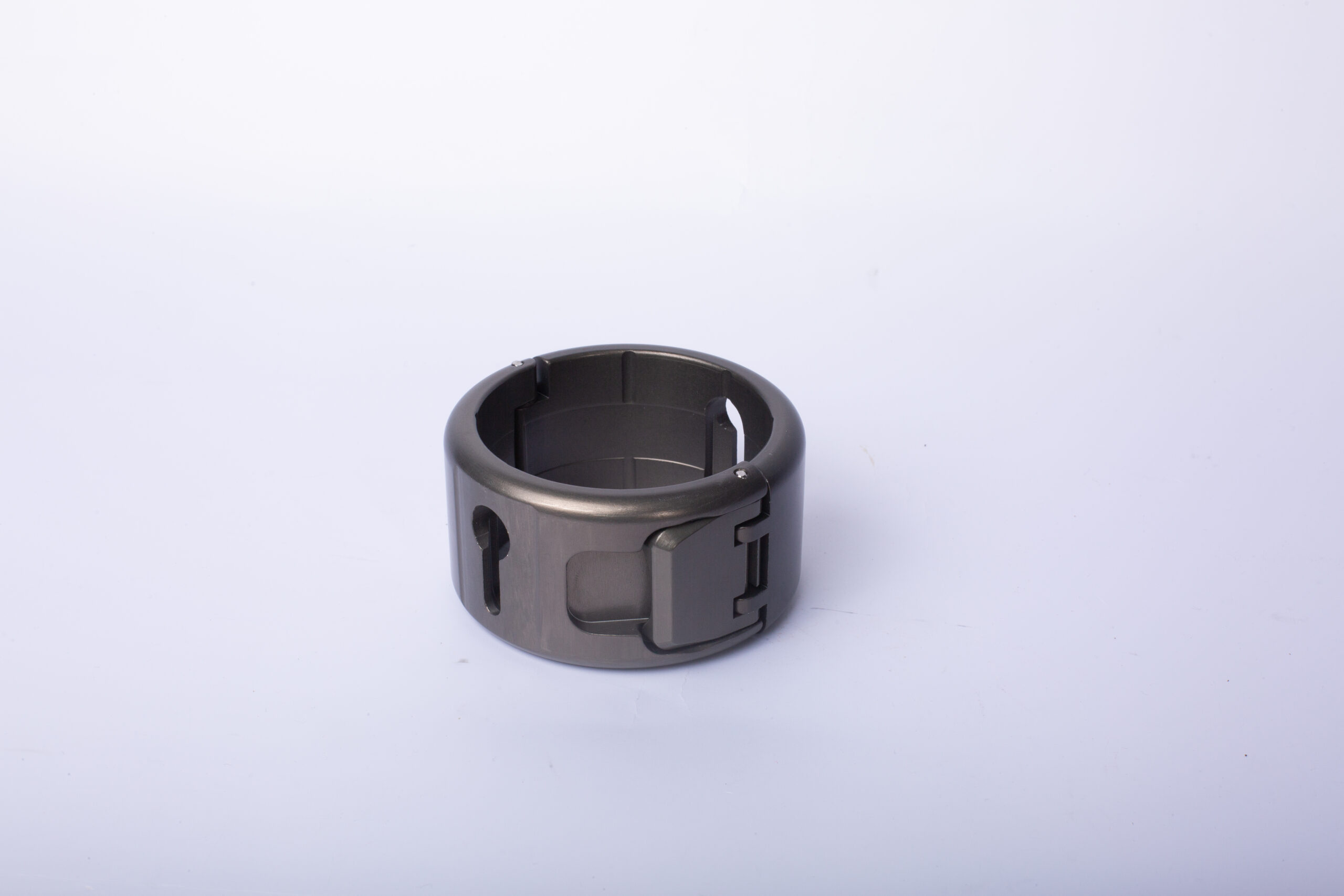
5.How do environmental factors, such as temperature and humidity, affect the forged aluminum rail process?
We focus on teamwork and communication to achieve common goals, We attach great importance to this detail.
Temperature and humidity can have a significant impact on the aluminum forging process. High temperatures can cause the aluminum to become too soft and malleable, making it difficult to form into the desired shape. Low temperatures can cause the aluminum to become too brittle and crack during the forging process. High humidity can cause the aluminum to become sticky and difficult to work with, while low humidity can cause the aluminum to become too dry and brittle. Additionally, high temperatures and humidity can cause the aluminum to corrode more quickly, leading to a shorter lifespan for the forged product.
6.Are there any environmental benefits of using forged aluminum rail?
We pay attention to user experience and product quality, and provide the best product quality and lowest production cost for cooperative customers.
Yes, aluminum forging offers several environmental benefits. Aluminum is a lightweight, durable, and recyclable material, which means that it can be reused and repurposed multiple times. This reduces the amount of energy and resources needed to produce new aluminum products. Additionally, aluminum forging is a more efficient process than other metal forming techniques, which reduces energy consumption and emissions. Finally, aluminum is a non-toxic material, which means that it does not release any hazardous chemicals into the environment.
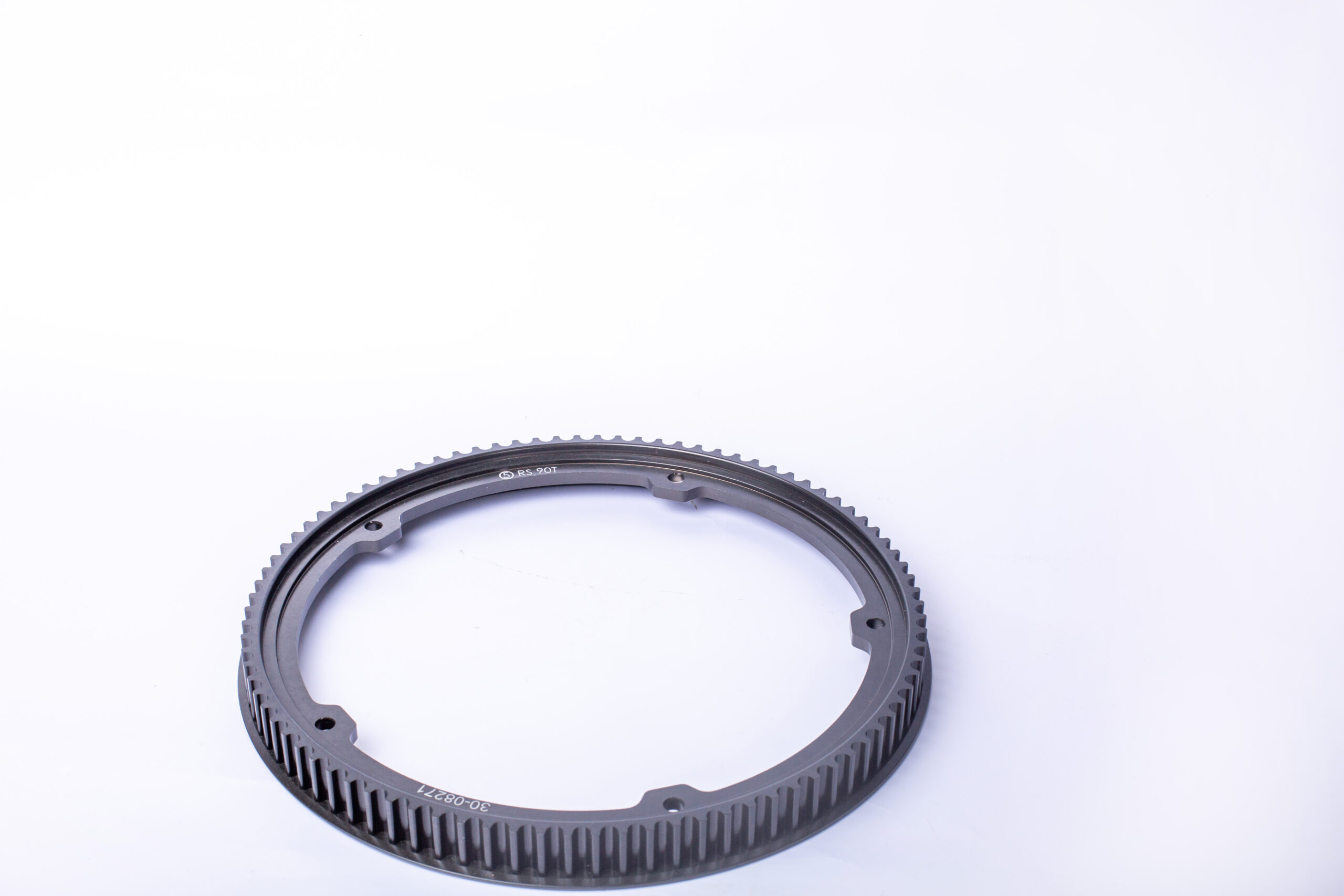
7.What are the joining methods used for forged aluminum rails?
We are committed to providing personalized solutions and established long -term strategic cooperative relationships with customers.
1. Friction Welding
2. Flash Butt Welding
3. Resistance Spot Welding
4. Resistance Seam Welding
5. Forge Welding
6. Forge Brazing
7. Forge Soldering
8. Forge Bonding
9. Forge Riveting
10. Forge Pressing
8.What are the steps involved in the forged aluminum rail process?
We continue to improve forged aluminum rail products and processes to improve efficiency.
1. Design: The first step in the aluminum forging process is to design the part. This includes determining the size, shape, and other specifications of the part.
2. Heating: The aluminum is heated to a temperature of around 800-900°C (1472-1652°F). This is done to make the aluminum malleable and easier to shape.
3. Forging: The heated aluminum is then placed in a die and forged into the desired shape. This is done using a hammer or press.
4. Finishing: The forged part is then finished by machining, grinding, or polishing. This is done to achieve the desired surface finish.
5. Inspection: The part is then inspected to ensure it meets the design specifications.
6. Heat Treatment: The part may then be heat treated to improve its strength and durability.
7. Final Inspection: The part is then inspected one final time before it is ready for use.

9.Can multiple aluminum components be forged and joined together?
We should enjoy a good reputation in the industry, and we can increase the added value of the products of cooperative customers through technological innovation.
Yes, multiple aluminum components can be forged and joined together. This is done through a process called aluminum forging and welding. This process involves heating the aluminum components to a high temperature and then using a hammer or press to shape them into the desired shape. The components are then welded together using a welding process such as TIG or MIG welding.
10.What considerations should be taken into account when designing a product for forged aluminum rail?
As one of the top forged aluminum rail manufacturers in China, we take this very seriously.
1. Strength: Aluminum is a relatively soft metal, so it is important to consider the strength requirements of the product when designing for aluminum forging.
2. Heat Treatment: Aluminum is susceptible to heat treatment, so it is important to consider the desired properties of the product when designing for aluminum forging.
3. Grain Structure: Aluminum has a grain structure that can be affected by the forging process, so it is important to consider the desired grain structure of the product when designing for aluminum forging.
4. Tooling: Aluminum is a relatively soft metal, so it is important to consider the tooling requirements of the product when designing for aluminum forging.
5. Cost: Aluminum is a relatively inexpensive metal, so it is important to consider the cost of the product when designing for aluminum forging.
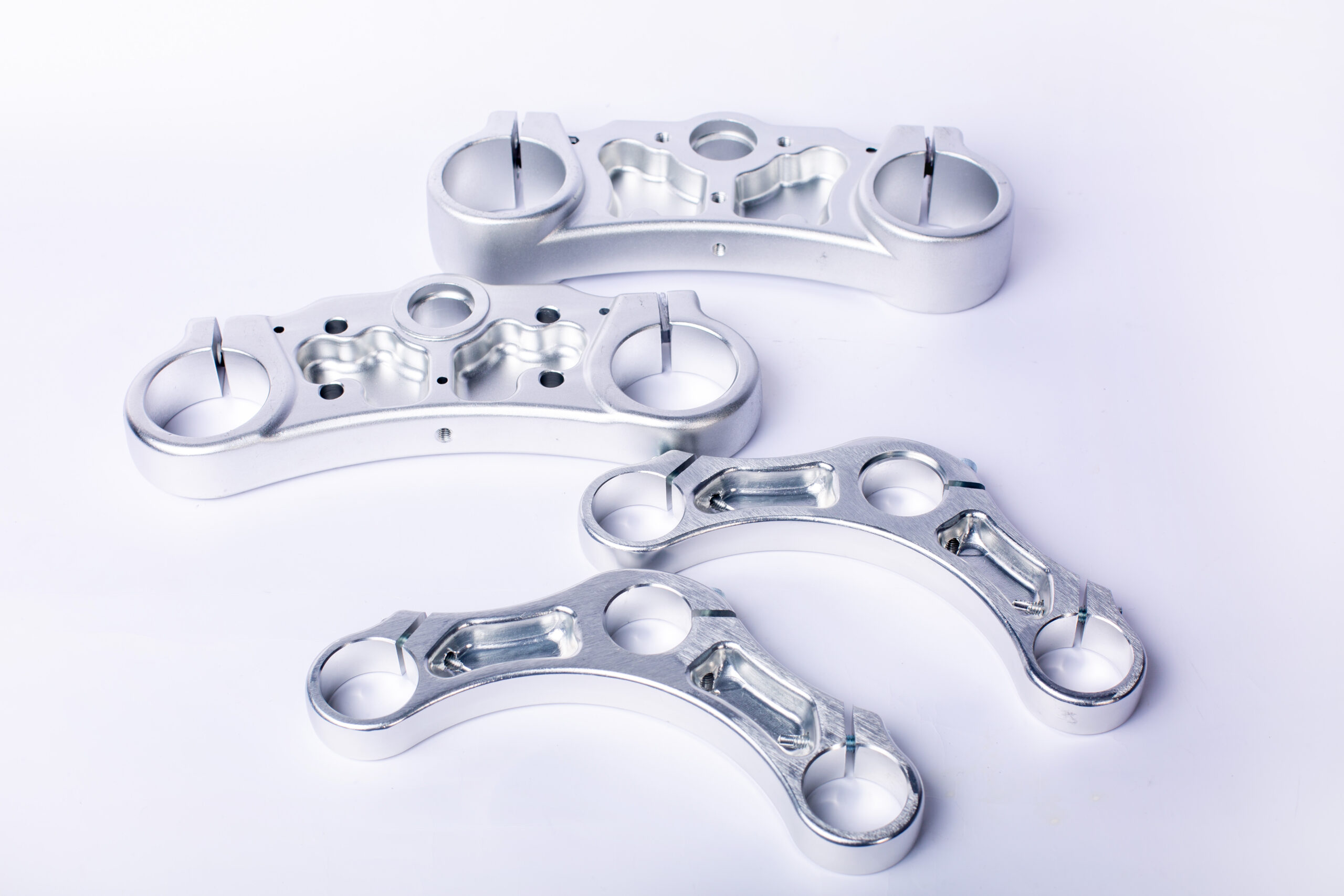
11.What safety precautions should be taken when working with hot aluminum during the forging process?
We focus on providing high forged aluminum rail quality products and services.
1. Wear protective clothing, such as heat-resistant gloves, long sleeves, and safety glasses.
2. Use tongs or other tools to handle the hot aluminum.
3. Ensure that the work area is well-ventilated and free of combustible materials.
4. Have a fire extinguisher nearby in case of an emergency.
5. Keep a bucket of water nearby to cool down the aluminum if necessary.
6. Use a heat shield to protect yourself from the heat of the aluminum.
7. Do not forge aluminum near any open flames or sparks.
8. Do not forge aluminum in an enclosed space.
9. Do not forge aluminum near any combustible materials.
10. Make sure to keep the aluminum away from any flammable liquids.
12.What are the different heat treatment processes used for forged aluminum rails?
We have a first -class management team, and we pay attention to teamwork to achieve common goals.
1. Solution Heat Treatment: This process involves heating the aluminum forging to a temperature above its solidus temperature and then rapidly cooling it. This process is used to improve the strength and hardness of the aluminum forging.
2. Aging: This process involves heating the aluminum forging to a temperature below its solidus temperature and then allowing it to cool slowly. This process is used to improve the strength and hardness of the aluminum forging.
3. Annealing: This process involves heating the aluminum forging to a temperature above its solidus temperature and then allowing it to cool slowly. This process is used to improve the ductility and machinability of the aluminum forging.
4. Stress Relieving: This process involves heating the aluminum forging to a temperature below its solidus temperature and then allowing it to cool slowly. This process is used to reduce internal stresses in the aluminum forging.
5. Normalizing: This process involves heating the aluminum forging to a temperature above its solidus temperature and then allowing it to cool in air. This process is used to improve the strength and hardness of the aluminum forging.
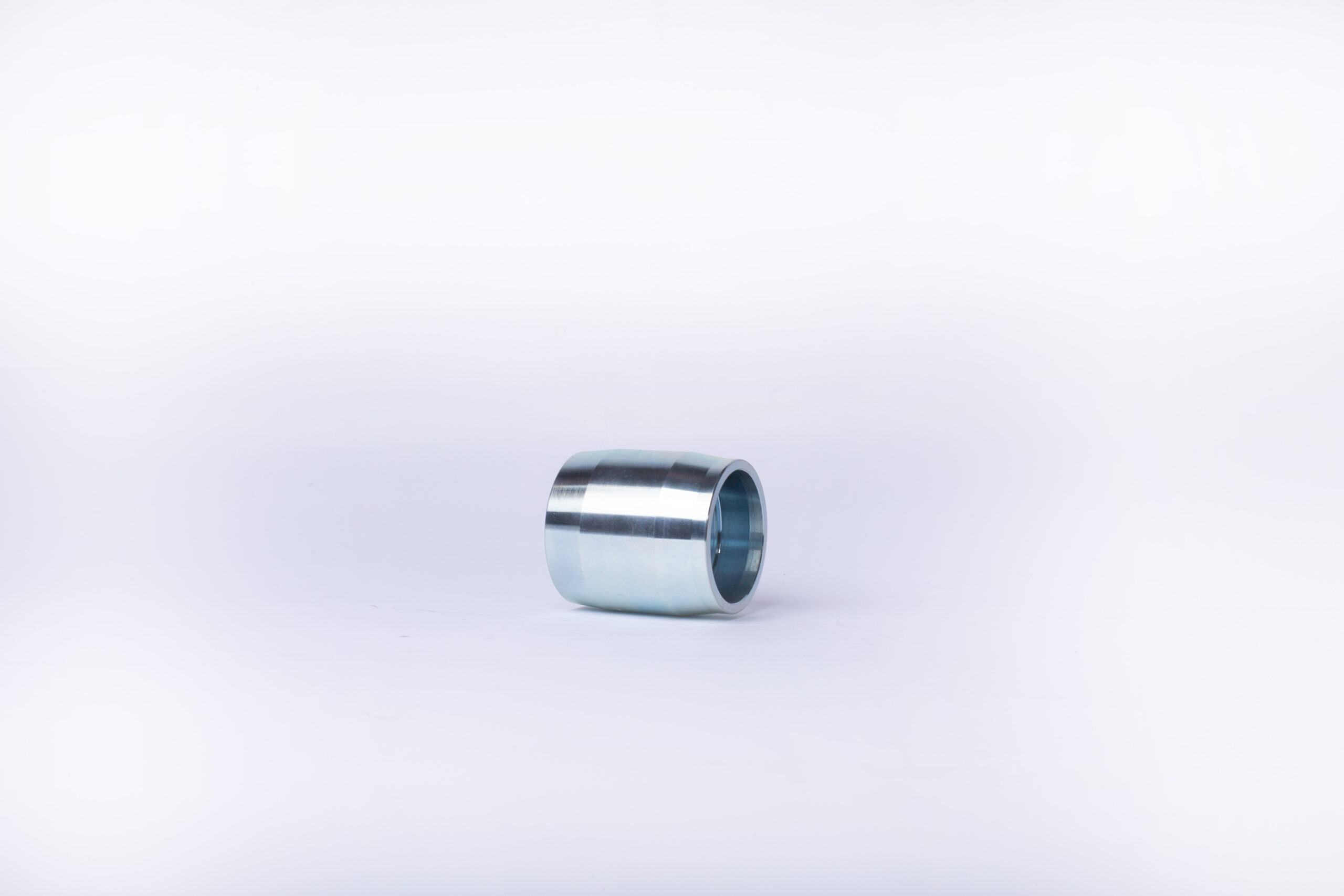
13.Are there any surface finishing options for forged aluminum rails?
We should perform well in market competition, and the prices of forged aluminum rail products have a great competitive advantage.
Yes, there are several surface finishing options for aluminum forgings, including anodizing, powder coating, painting, and polishing.
14.Can secondary operations, such as machining or surface coating, be performed on forged aluminum rails?
Yes, secondary operations such as machining and surface coating can be performed on aluminum forgings. Machining can be used to create complex shapes and features, while surface coating can be used to improve the corrosion resistance and aesthetic appearance of the part.
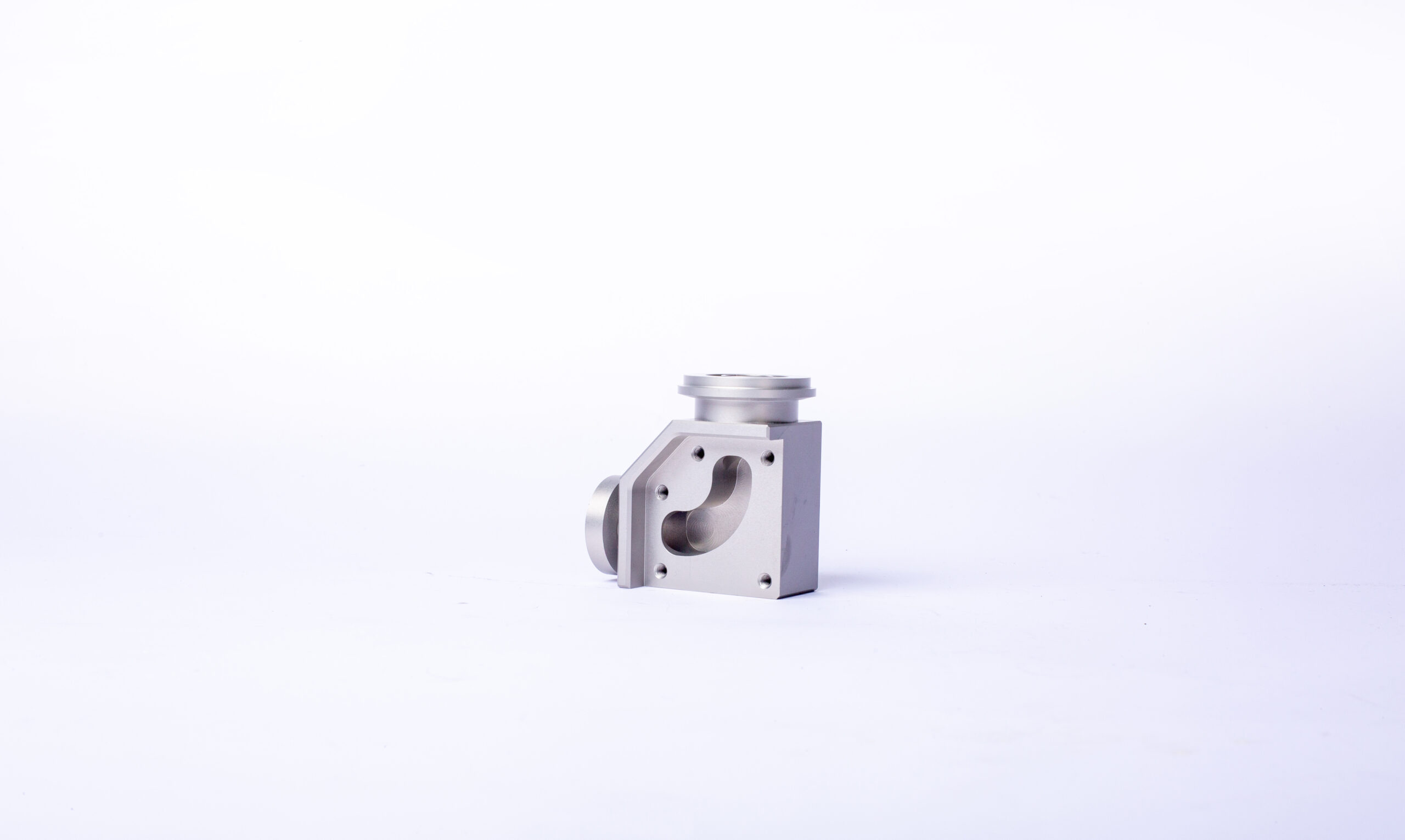
Tag:forged 7075-t6 aluminum lower,forged aluminum rods,aluminum 7075 t6 forging,forged aluminum connecting rods
Product Inquiry
We will respond within 12 hours, please pay attention to the email “@163.com” or “@alumforge.com”.
Also, you can go to the Contact Page, which provides a more detailed form, if you have more inquiries for products or would like to obtain OEM service.
Our sales experts will respond within 24 hours, please pay attention to the email with the suffix “@163.com”.